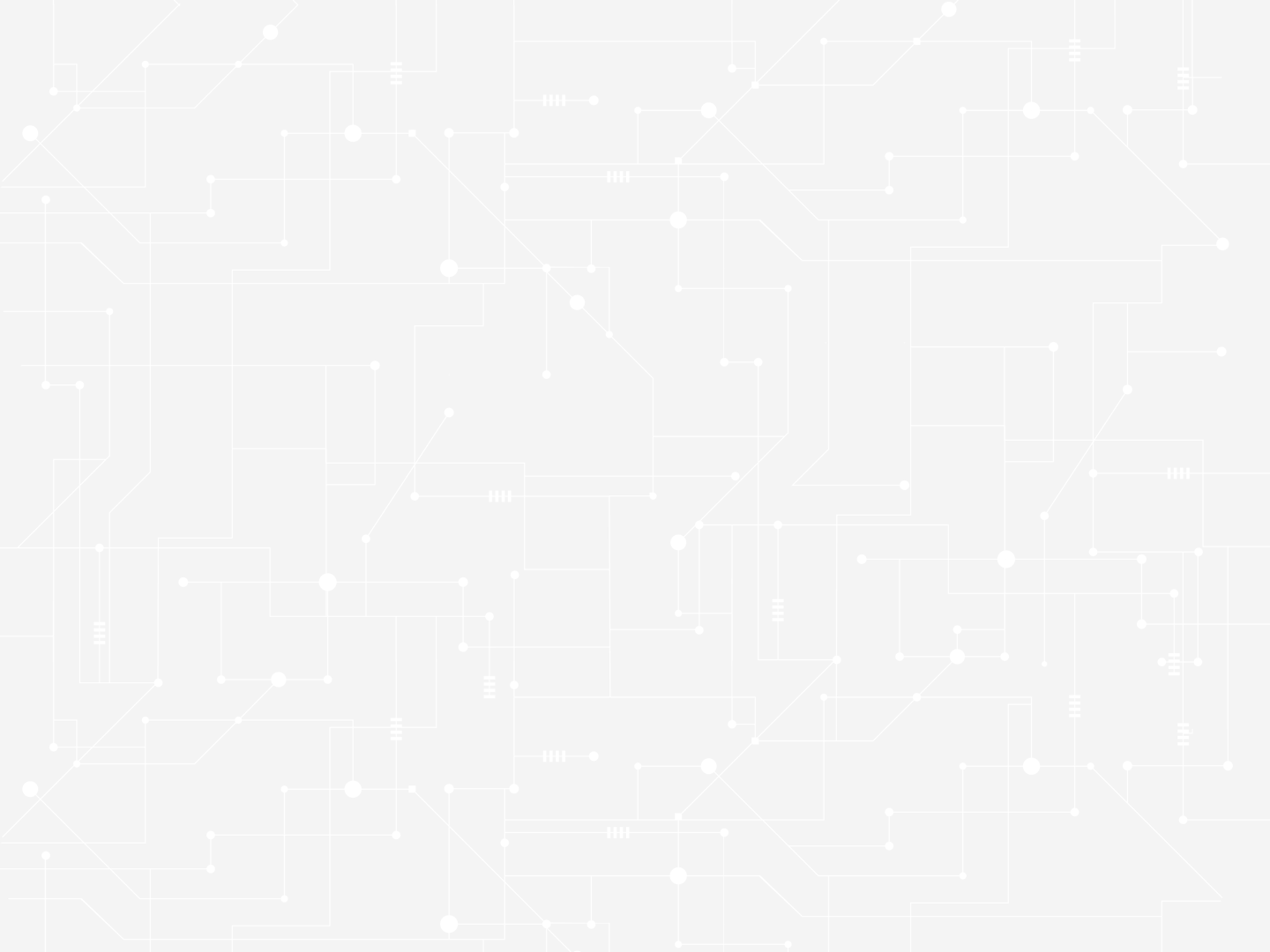
SeaSense Pilot Programs
Get Started with SeaSense

Pilot Overview
The SeaSense pilot program incorporates the SeaSense sensor pack prototype into a citizen science project construct to introduce students to real-world research. This page contains instructions for phase I of the pilot as well as resources for participant groups engaged in this pilot program.
Following completion of Phase I, participants are encouraged to design and implement new unique research projects incorporating SeaSense. Steps 3 through 5 in the following Phase I instructions may be utilized as a starting point for participant-directed Phase II citizen science research projects.
- STEP 1: Complete pre-engagement surveys
- STEP 2: Review SeaSense User Guide
- STEP 3: Deploy SeaSense & collect data
- STEP 4: Download data from SeaSense
- STEP 5: Review & upload data to FieldScope
- STEP 6: Complete post-engagement and usability surveys (coming soon)
Pilot Program Steps
In order to support the continued evolution and development of the SeaSense prototype and program structure, all participants are requested to complete pre-engagement surveys prior to participation in the pilot. This information will be used to evaluate the program and not individual participants. No personally identifiable information will be collected.
Participants should familiarize themselves with the SeaSense prototype features and operation prior to first deployment. Below is an overview of the contents of the User Guide.
| SeaSense Prototype User Guide (v1.0.1) |
- Section 1.0: Intro to SeaSense includes a discussion of its functions and applications
- Section 2.0: SeaSense Specifications includes an overview of prototype capabilities, recommended operating depth and run time
- Section 3.0: Important Getting Started Considerations provides an overview of the prototype components, accessories, and other recommendations for deployment and operation
- Section 4.0: Opening/Closing Enclosure & Seal Check gives instructions for opening and closing the SeaSense enclosure and verifying there are no leaks
- Section 5.0: Charging SeaSense Batteries provides instructions for charging the AA rechargeable batteries
- Section 6.0: Installing Arduino/XCTU Software & XBee Configuration includes instructions for installing and configuring the XBee hardware and Arduino software to facilitate uploading data from SeaSense to a computer
- Section 7.0: Installing SeaSense onto SeaPerch (optional) outlines suggestions for mounting SeaSense onto a SeaPerch ROV.
- Section 8.0: Setting up SeaSense for Deployment provides instructions for preparing SeaSense for deployment
- Section 9.0 & Section 10.0: Deployment in Water provides instructions for deploying SeaSense independently or affixed to a SeaPerch ROV
- Section 11.0: Post Deployment Procedures outlines steps for retrieving SeaSense and maintaining the prototype for future use
- Section 12.0: Download Data describes procedures for download data from SeaSense utilizing the XBee dongle (option 1) and removing the SD card (option 2)
- Section 13.0: Data Description and Fields List includes a list of data displayed to the Arduino serial monitor when using different menu options
- Section 14.0: Setting SeaSense Date & Time describes how to manually set local date and time for the SeaSense data logging
- Section 15.0: Leak Repairs provides guidance on performing small leak repairs
Following instructions outlined in the SeaSense User Guide to deploy the SeaSense. In particular:
Prior to arriving at test site:
- Ensure batteries are charged and correctly installed (Section 5.0)
- Install Arduino and XCTU software and configure XBee (Section 6.0)
| Arduino Software Download | |
| Digi XCTU Software Download |
- (Optional) Install SeaSense onto SeaPerch ROV and add weights to ballast if this configuration will be used for testing (Section 7.0)
- Attach weights to SeaSense in order to submerge in water for data collection (Section 10.0). This may also be done at the test site.
At test site:
- After closing SeaSense enclosure lid, verify there are no leaks (Section 4.0)
- Point the SeaSense facing North and power on and follow instructions to ensure data is logging as desired (Section 8.0)
- Remove protective cap from conductivity sensor, begin data logging, and release SeaSense in the desired environment (Section 9.0 if using with SeaPerch; Section 10.0 if deploying SeaSense independently)
- Carefully deploy SeaSense to collect data at a range of depths. Be careful to not allow SeaSense to rest on the bottom of the marine environment and do not deploy SeaSense at depths greater than 25ft.
- After collecting desired data, retrieve SeaSense and rinse full SeaSense with tap water, rinse conductivity sensor with distilled water, and power off (Section 11.0).
- Using the SeaSense Data Collection Sheet, record test site observation information, including:
- Observation Date/Time
- Latitude/Longitude (this may be manually identified after testing a GPS unit or smartphone are not available)
- Land Use
- Water Body Type
- Air Temperature during testing
- Weather Conditions during testing
- Precipitation during testing
- (may be identified later using online weather tools)
- Precipitation in previous 48 hours (may be identified later using online weather tools)
| Data Collection Sheet (PDF) | |
| Data Collection Sheet (Word) |
After collecting data, download data by utilizing XBee dongle or removing the SD card (Section 12.0). This may be done at the test site or at another location at a later time. Once data has completed logging in Arduino software, copy all data and paste into a Microsoft Excel, Apple Numbers, or Google Sheets file.
Carefully review data to ensure that information migrated correctly and remedy any alignment issues that occured during data transfer. Check data for any inconsistencies such as significant changes in readings at similar depths or time of collection.
Organize data by depth and identify:
- Minimum Depth: Shallowest depth of data collection; this will ideally be a surface reading.
- Median Depth: Middle depth that is halfway between minimum and maximum depth readings. This depth can be found using the MEDIAN function in Excel, Numbers or Sheets.
- Maximum Depth: Deepest point of data collection.
If multiple readings are collected at any of these depths, data should be averaged across these readings prior to recording.
Organize the data for these three depths onto a SeaSense Data Collection Sheet.
| Data Collection Sheet (PDF) | |
| Data Collection Sheet (Word) |
FieldScope is an online platform where citizen scientists can contribute to projects by sharing data with other community members. The FieldScope User Guide for SeaSense Projects includes information for how to sign up for an account, add data from SeaSense testing, and visualize and analysis data using maps and graphs.
| FieldScope User Guide for SeaSense Projects |
In order to support the continued evolution and development of the SeaSense prototype and program structure, all participants are requested to complete post-engagement and usability surveys following participation in the Phase I of the SeaSense pilot. This information will be used to evaluate the program and not individual participants. No personally identifiable information will be collected.